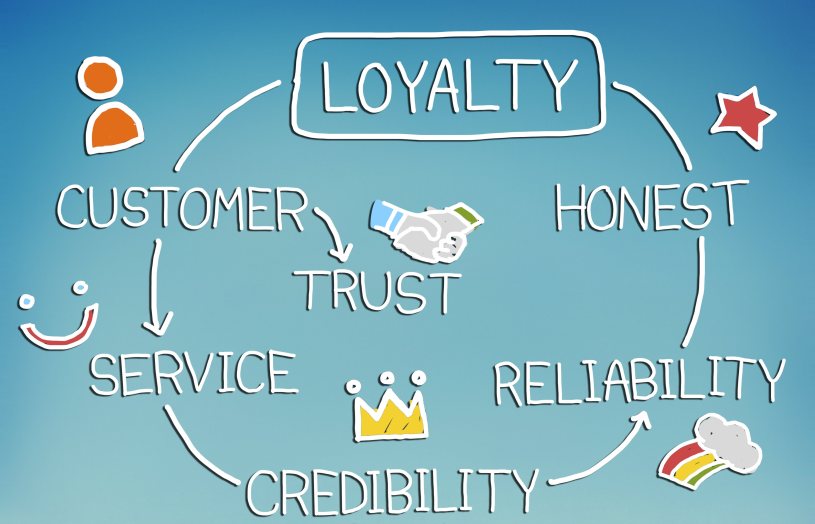The reason why I wrote this blog, is to be found in the daily questions I receive from colleagues struggling with the definition and the meaning of Customer Value.
Admittedly, if not confronted with this subject, most people are having difficulties in quantifying the value part. In this small blog I briefly tried to summarize the answer to 2 questions:
- What does Customer Value mean for my customer?
- How can I measure (as a supplier) if the value I’m delivering to my customers, meets their expectations?
Before answering these question, it is almost imperative to know how customer value is defined.
I strongly believe that different perceptions of customer value end up in a restricted vision, whereby most of the suppliers believe that Customer Value should reflect a pricing model for the delivery of services and/or products.
Primarily trying to compare themselves to other competitors, should we consider this to be customer value; A product at a fair price?
To answer this, let me start by telling a little story about myself:
I used to buy my bread at a local bakery. They sold it at 2,10 €. Satisfied with this price/quality ratio, I kept on buying my bread on a daily base in the same store against the extra effort of a 3-minute drive.
Until I discovered another bakery, only 7 minutes further away. They told me their bread costed €2,8, which sounded quite expensive to me, especially when comparing to the other bakery. Nevertheless I decided to give it a try. Surprisingly their bread tasted a lot better and I experienced that I could keep my bread for 3 days, without (or almost) losing any of its freshness. A simple calculation reveals that this expensive bread costed me less than before, as nothing got wasted and I bought less breads.
As you may conclude for yourselves, these days my bread is more expensive than before, but my benefit grew evenly.
The reason I tend to believe that customer value can be translated into one simple formula: Customer Value = Benefits – Costs. Referring to my little story above, the value proportion grew at the expense of increased costs.
As a side note, but not less important to me, I also noticed that, these days, a lot of people (customers and suppliers) do not invest (enough) time in analyzing or overthinking the benefit of their expenses anymore, reducing the real value they could obtain or deliver.
Although this simple formula may be used for measuring a customer’s benefit, how does this reflect to the supplier? Which parameters indicate that a supplier is delivering customer value?
From a short term vision to a long term vision:
As a supplier, I might have a good feeling when I’ve sold a lot of services/products to my customer in the past year. Does this indicate that my customers received a lot of value (Or was I able to convince them once to buy my products/services?)?
The probable answer lies in the second question: no, of course not.
In my humble attempt to explain what customer value means, I came to a conclusion on how a vendor/supplier might conclude whether he is delivering value to his customers. Again, the answer lies in 2 words : long-term relationship and customer loyalty.
But again, is this something measurable? I do believe so, by asking myself following questions:
- Are my customers recurring customers?
- Does my customer gain information on a frequent base? (even without buying)
- Did my existing customers recommend me to new customers?
- Do I have an open relationship with my customer?
- Was I able to cross-sell to existing customers?
Although my opinion does not take into account all aspects of customer value, I hope that some of the people out there at least recognize some of my statements.
It has never been my intention to convince people on this subject, rather I hope to start up a discussion on how customer value is being perceived all over the globe!.
Feel free to react.


